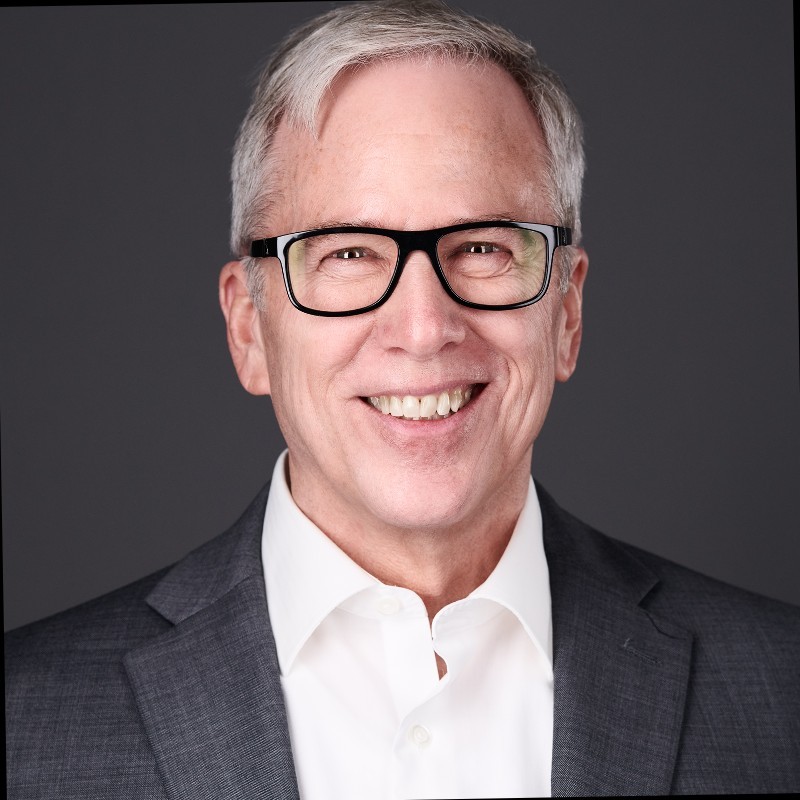A reverse mortgage loan has the potential to provide numerous applications in retirement for a borrower at or over the age of 62 in the case of a Home Equity Conversion Mortgage (HECM). Considering the conversation that often tends to dominate perceptions of a reverse mortgage, the ways in which it can be applied to a retirement situation may be more numerous than many might expect.
This is according to Stephen Resch, VP of retirement strategies at top 10 reverse mortgage lender Finance of America Reverse (FAR) in a new column published by The Street.

“Outdated perceptions and lingering misconceptions about reverse mortgages could be holding many retirees and pre-retirees back from considering their use,” Resch writes. “That’s a shame, because these products, with enhanced safeguards enacted in recent years, have made them powerful tools that can enhance a retirement plan in many situations.”
This is also true of proprietary products available outside of the HECM program for which borrowers qualify as young as age 55. Resch details three specific “creative” uses of reverse mortgage loan proceeds, lines of credit or other features: reducing asset distribution rates; using a line of credit; and making home equity liquid.
In terms of reducing asset distribution rates, Resch describes how a reverse mortgage’s loan proceeds can be applied to expenses and lower asset distribution by nearly half in a hypothetical scenario Resch constructed.
“One of the main reasons homeowners get a reverse mortgage is to eliminate a monthly mortgage payment,” Resch said. “For [these hypothetical borrowers], it was to help preserve invested assets; in other cases, it could simply be to free up monthly cash flow. The extra money can go a long way to help balance the household budget or even pay for other retirement essentials such as a long-term care (LTC) plan.”
In using a line of credit, depending on the loan amount a certain figure can be withdrawn annually (based on her age and home value) and be applied toward certain gifts while avoiding tax liabilities.
In terms of making home equity liquid, Resch describes a scenario in which a borrower with a multi-million dollar property makes use of a proprietary reverse mortgage — many of which have home values of up to $4 million — to eliminate a forward mortgage payment and have enough proceeds left over to gift to children.
“Ultimately, given the right circumstances, the reverse mortgage can provide a great opportunity to both fill in the gaps of a retirement plan or facilitate gifting and legacy desires while still living,” Resch writes. “With home values at record highs and interest rates still at low levels, this could be a great time to secure a reverse to help manage both needs and desires going forward.”
Read the column at The Street. Resch also participated earlier this year in an informational presentation hosted by RMD and HousingWire designed to offer reverse mortgage information to forward mortgage professionals. Watch that event here.





